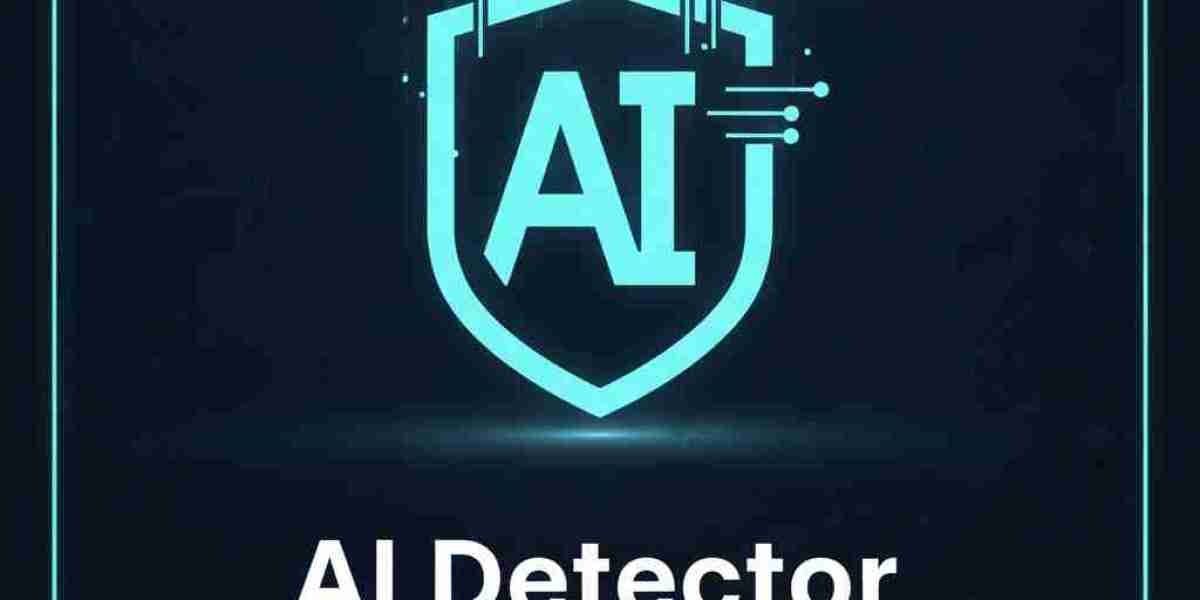As artificial intelligence continues weaving itself into nearly every corner of the online world—blogs, classrooms, workplaces, and even creative fields—the challenge of identifying what’s written by humans and what’s crafted by algorithms grows larger every day. That’s exactly where the AI detector becomes essential. More than just a scanning tool, it serves as a digital guardian that separates genuine human expression from machine-generated text.
Why AI Detectors Matter More Than Ever
We’ve entered a time where AI models can craft essays, business proposals, product descriptions, press releases, and even emotional stories with surprising fluency. This innovation is powerful, but it also introduces risk: readers may not always know who—or what—wrote the words in front of them.
An AI detector helps maintain transparency by signaling when content may have originated from an artificial source. In fields where originality and intellectual honesty are critical—education, journalism, marketing, and research—these detectors act like the modern equivalent of a truth filter.
What Exactly Does an AI Detector Do?
Instead of checking copied phrases like a plagiarism checker, an AI detector examines deeper patterns embedded within the writing. It looks for:
1. Predictive Language Behavior
AI models often pick the “safest” or most likely next word. Humans, on the other hand, express unpredictability, emotion, and stylistic quirks.
2. Sentence Rhythm and Flow
Machine writing often carries a structured, almost too-perfect consistency. Human writing varies in tone, length, and complexity.
3. Semantic Density
AI tends to compress ideas efficiently. Humans take detours, introduce personality, and emphasize unique viewpoints.
4. Statistical Fingerprints
Each AI model leaves subtle, recognizable patterns—like a digital signature. Detectors analyze these signatures to estimate whether a machine authored the content.
Who Needs an AI Detector?
Educators & Academic Institutions
With students having instant access to AI writing tools, universities and schools rely on AI detectors to confirm whether submitted assignments reflect true effort and understanding.
Businesses & Brands
Organizations want content that resonates with authenticity. Overusing AI writing tools can harm SEO performance and damage brand voice. Detectors help companies maintain credibility.
Publishers & Editors
Media outlets need original, trustworthy material. Detectors protect against mass-produced, low-value AI content that overwhelms the internet.
Freelancers & Content Creators
Writers use AI detectors to validate the human quality of their work before submitting to clients—especially when working under strict originality guidelines.
Key Features to Look For in a High-Quality AI Detector
Not all detectors offer the same accuracy. Strong AI detection tools typically include:
Sentence-by-Sentence Analysis
This reveals where the AI usage is likely concentrated rather than giving only a vague general score.
Model-Specific Detection
Advanced detectors can differentiate text patterns from systems like GPT, Claude, Llama, and others.
Strong Multilingual Capabilities
AI outputs differ across languages, so a good detector should handle English, Spanish, Arabic, French, German, and more.
Real-Time Scanning
Instant results allow for on-the-spot corrections and rewrites.
High Sensitivity and Low False Positives
The tool should avoid unfairly flagging naturally polished human writing.
How Reliable Are AI Detectors?
AI detectors are impressive, but they are not absolute judges. They operate using probability, not certainty.
Challenges include:
- Some human writing may look too “polished” and trigger AI flags
- Some AI-generated content may appear human enough to pass undetected
- As models evolve, detectors must constantly update their algorithms
Even so, they have become the best available solution for identifying AI involvement—especially when combined with human review.
The Role of AI Detectors in SEO
Search engines value originality. Content that is overly predictable, repetitive, or machine-sounding may perform poorly. Using an AI detector before publishing helps ensure the article feels organic, insightful, and genuinely helpful—qualities algorithms reward with higher visibility.
For SEO experts, an AI detector is both a quality-check tool and a long-term content strategy asset.
Ethical Use of AI Detectors
Transparent use is important. AI detectors should not be used to shame AI-assisted writing but to ensure honesty and clarity in content attribution.
The goal is not to ban AI-generated material—it is to distinguish it when necessary and prevent misuse.
Using AI detectors responsibly helps build:
- Trust between brands and their audiences
- Fairness in academic environments
- Integrity in journalism
- Quality across online content
How AI Detection Will Evolve in the Future
The next generation of AI detectors will likely introduce:
- Watermark-based detection built directly into AI models
- Even deeper pattern recognition based on emotional tone and reasoning style
- Browsers and CMS platforms with built-in AI detection functionality
- AI vs. AI analysis, where detectors are trained to outsmart evolving models
As artificial intelligence becomes more creative, detectors will become smarter, more detailed, and more embedded into everyday workflow.
Conclusion: AI Detectors Strengthen Digital Honesty
In a world overflowing with automated writing, the AI detector stands as a powerful tool for preserving authenticity. Whether used by teachers, marketers, publishers, or creators, it ensures that human expression remains recognizable and valued.
AI is here to stay—but so is the need for clarity, trust, and genuine communication. And that is exactly what an AI detector helps deliver.
For More Blogs: Click Here



